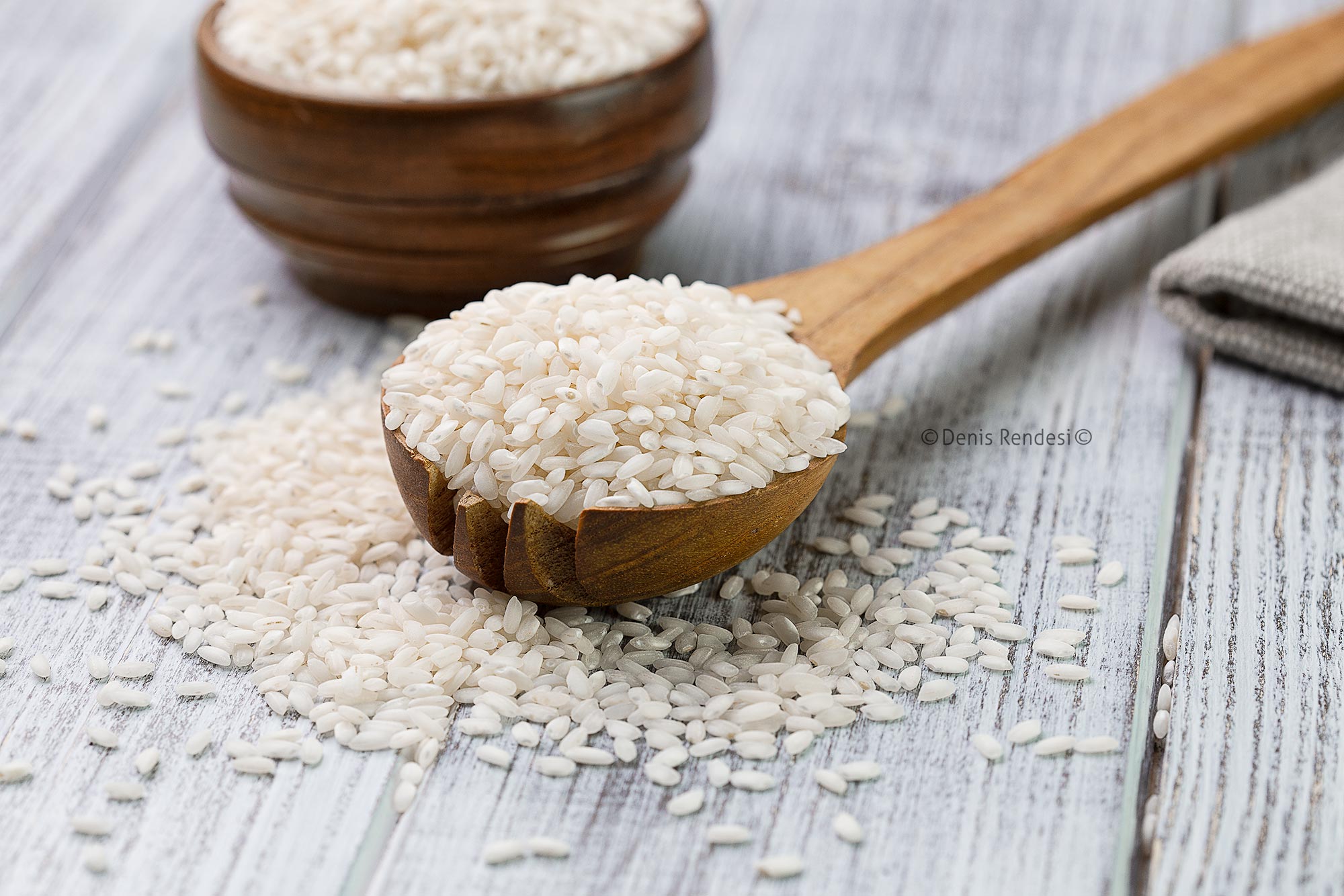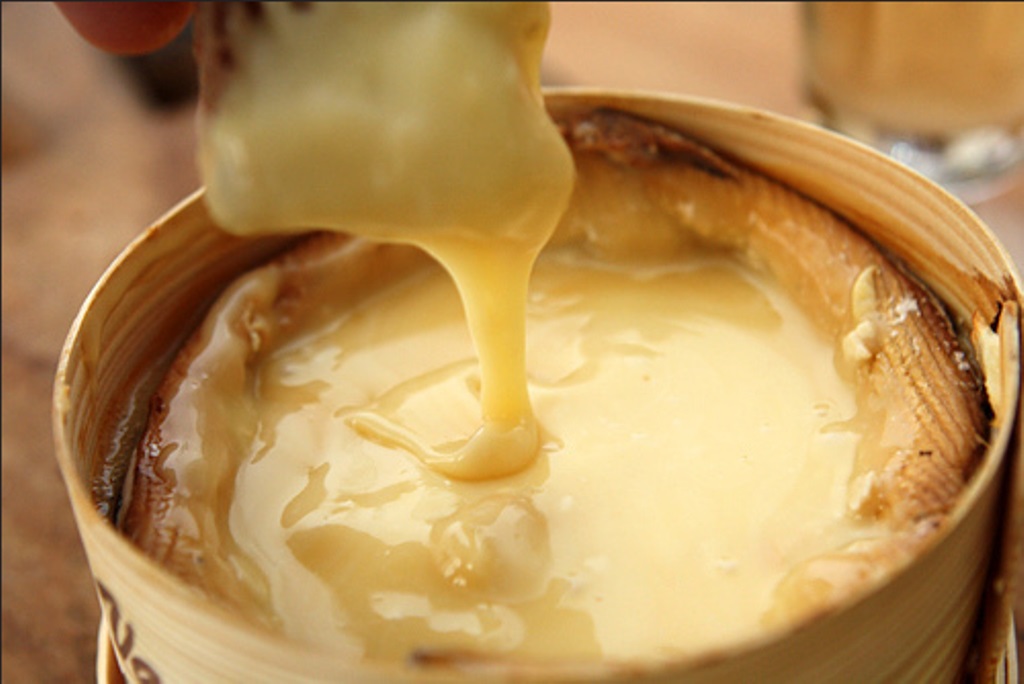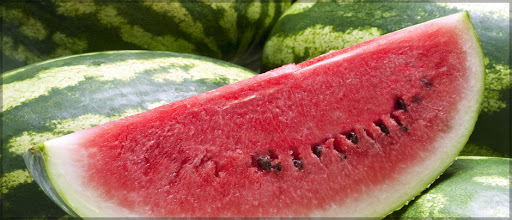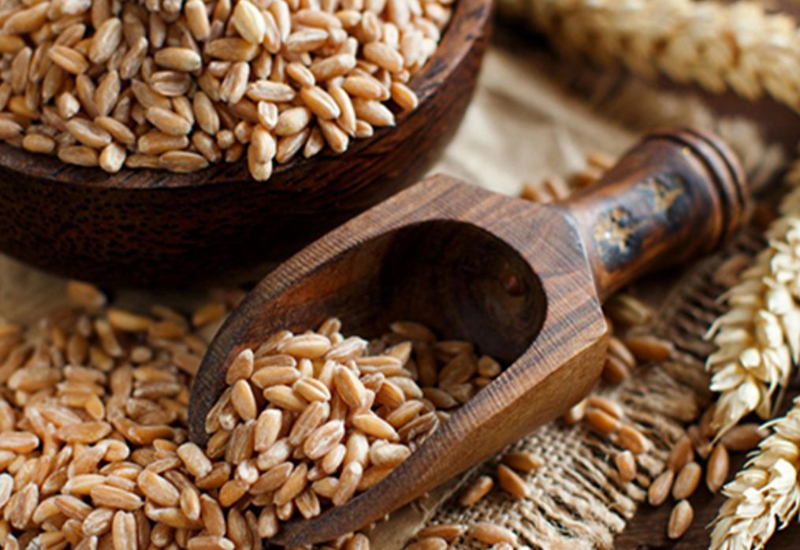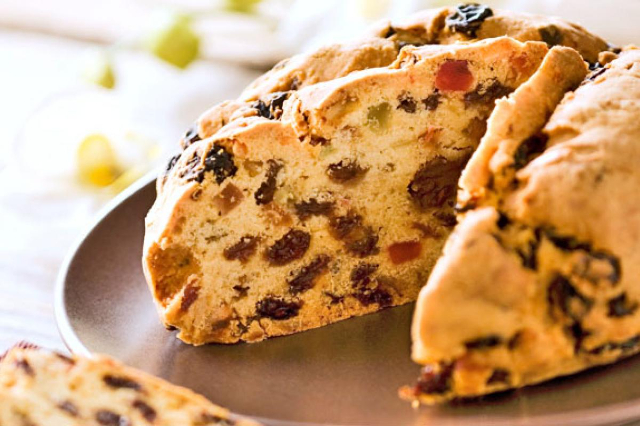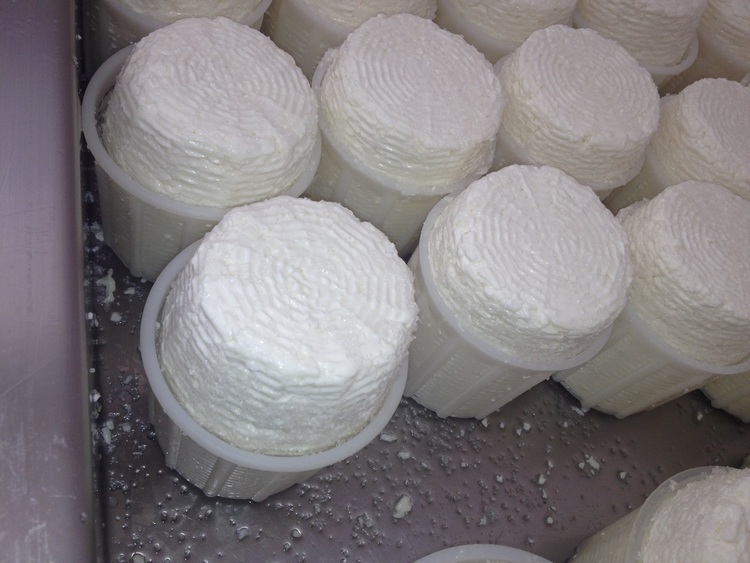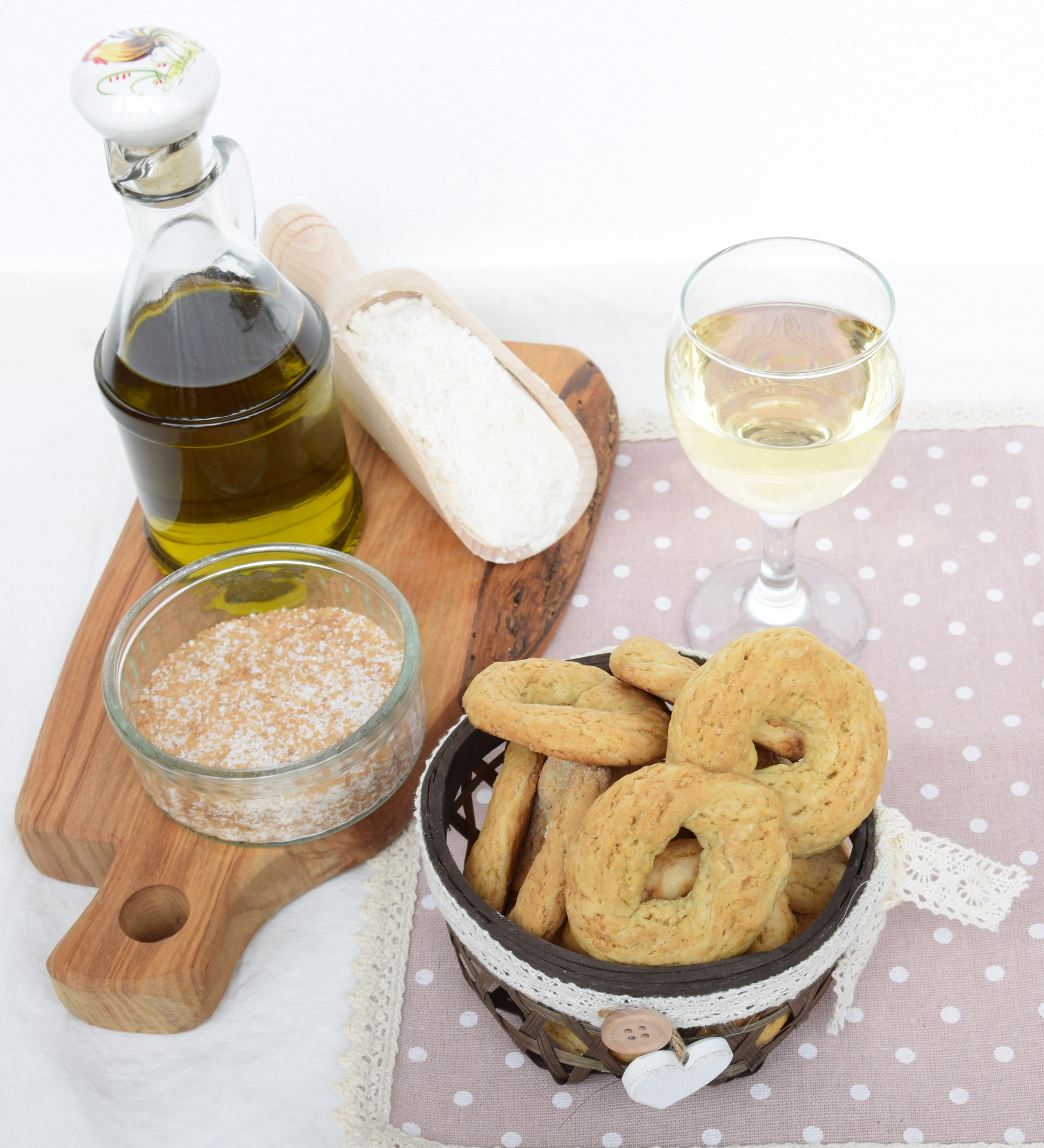The PDO ‘Riso di Baraggia Biellese e Vercellese’ refers to different varieties of the cereal Oryza sativa L. obtained by processing rough rice or paddy rice into ‘brown’, ‘refined’ and ‘parboiled’ rice.
Riso di Baraggia Biellese e Vercellese is distinguished by its cooking properties, superior consistency and low glutinosity, characteristics attributable inter alia to lower yields and longer growing cycles than those found in other areas.
Rice was grown in the Baraggia area at the beginning of the 16th century and is also mentioned in notarial documents dating from 1606 in the Municipality of Salussola. In subsequent periods, the specificity of the rice was described for about 50 years in the ‘Giornale di Risicoltura’ (Journal of Rice Growing), published by the former Vercelli Experimental Rice Growing Institute, which frequently published technical and scientific articles explaining the special characteristics of the product and the Baraggia area. In 1931, the same Institute acquired a rice-growing company in the centre of Baraggia and used it as a research centre to perfect the specific production characteristics of the Baraggia area.
The Ente Nazionale Risi (National Rice Body), in its magazine ‘Il Riso’, also emphasised in various articles the special quality characteristics of the rice produced in this area.
The production area is in fact characterised by the difficulty of levelling the land due to its particular clayey-ferrous structure, which also results in different conditions of submersion, as well as a climate characterised by rather cool summer months and frequent thermal inversions favoured by the entry of winds descending from the mountains. In addition, the presence of cold water in the area, located at the foot of the Alps, makes it the first to be irrigated by mountain streams.
